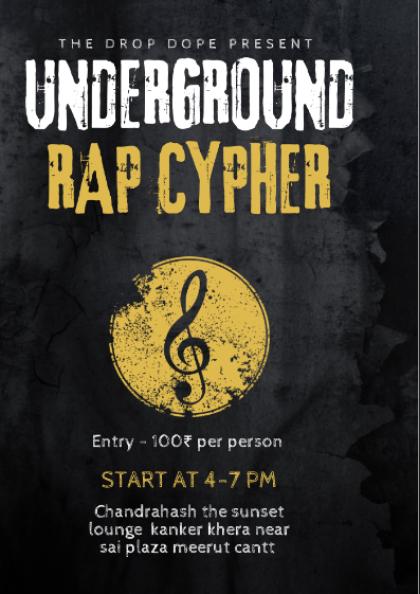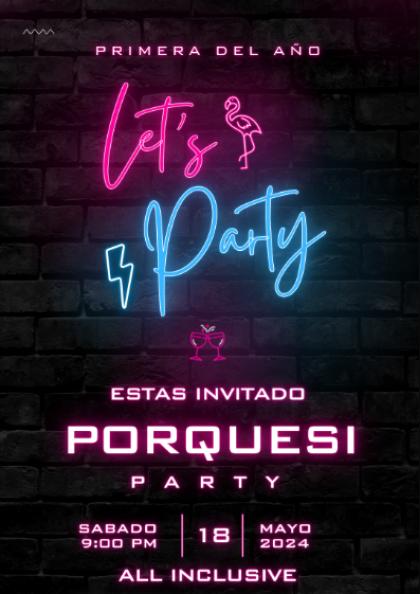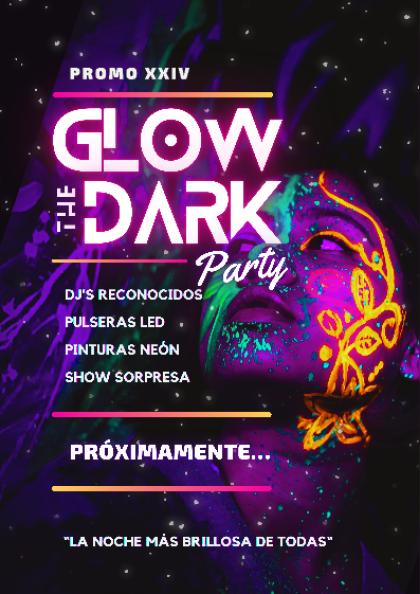How to Make the Most of Twitter's New 4,000-Character Tweets

Take a big breath in. Take a seat, if possible. Have some water . Now get ready for the news: 4,000-character Tweets are on their way. Everything will be OK, even though it's unexpected. Let us discuss it.
Alright, tweets with 4,000 characters. What precisely does that mean? Remember when Twitter expanded from 140 to 280 characters? It's the same thing, just 14 times larger (and you have to pay for the expansion this time).
Because you might be still worried, here's the in-feed view first. Notice how it's been truncated? You get a 280-character preview with the option to "Show more" to expand. Except for that? They're simply lengthier tweets.
The only restriction is that only Twitter Blue subscribers may send out 4,000-character tweets. Everyone on Twitter may read them, but writing them requires Elon's subscription. If you're a brand, you should already be paying for Twitter Blue.
Now you're ready to view a full long-form tweet. Peek an expanded version of the Twitter Blue announcement.
Should your company send out 4,000-character tweets? Sure! ...Maybe? Yes, if that's appropriate.
When a social network introduces a new content category, it's typically a good idea to give it a shot as soon as possible. You should get familiar with all of the tools in your toolbox. I've always felt that because they're aesthetically surprising and fresh to the feed, new content forms attract higher interaction.
So, do you really need to utilize 4,000 character tweets? Certainly not. This isn't like Instagram's emphasis on Reels, where you couldn't really prosper unless you began adopting their new format. This is simply another method of tweeting.
If you or your company has outstanding ideas that can be best expressed in 4,000 characters? Take the plunge.
What matters most in whatever content format is that you have a strong creative concept and a compelling hook for this idea. It holds true for 4,000-character tweets as well as any other type of information.
Do long-form tweets take the role of threads? TBD. Threads were created as a platform hack since a single tweet was insufficient in order to communicate any type of depth, and we had to link numerous tweets together. Long-form tweets are clearly intended as a platform response to users' desire for depth. If you routinely compose threads, you should experiment with 4k-character tweets to find what works best for you. Long-form tweets, as some experts believe, will eventually supplant threads.
But, the present format isn't particularly readable—Twitter's natural spacing/font doesn't work well for the eyes while reading 500 words. Twitter threads may involve several tweets, but the space and 280-character containers serve as excellent wrappers for fragmented thoughts. I'd argue that threads are more readable than current long-form tweets.
Best practices for 4,000-character tweets
Let's look at Twitter's announcement tweet once again. That exemplifies what seems to be the most crucial best practice: a 280-character hook.
See how the tweet is structured as an introduction? That will be the move. A powerful, appealing hook that explains why readers should click "Show more" for more information.
See that extremely obvious phrase signaling, "Touch this," with the emoji. Long-form tweets are a new feature that will take time for people to grasp; just asking readers to click on the expander ensures they comprehend the format. You should follow that advice until the format becomes more popular on Twitter.
It's also worth thinking about putting a few hashtags at the bottom of the long-form tweet, as many people do on LinkedIn. While the benefit of hashtags is less evident than ever, it won't harm and won't seem bad because it's at the conclusion of a post that the reader has already chosen to read.
If your company creates long-form textual material of any type, investigate whether it might be better served as a long-form tweet rather than a linked-out URL placed within a short tweet. Long-form tweets may be useful in the following situations.
-
Almost every time you linked to a corporate blog
-
Blogs written by others
-
Stories otherwise suitable for the video format
-
Case studies and customer feedback
-
Lists and timelines
-
Personal narratives
































